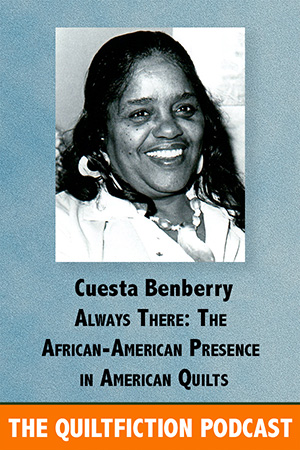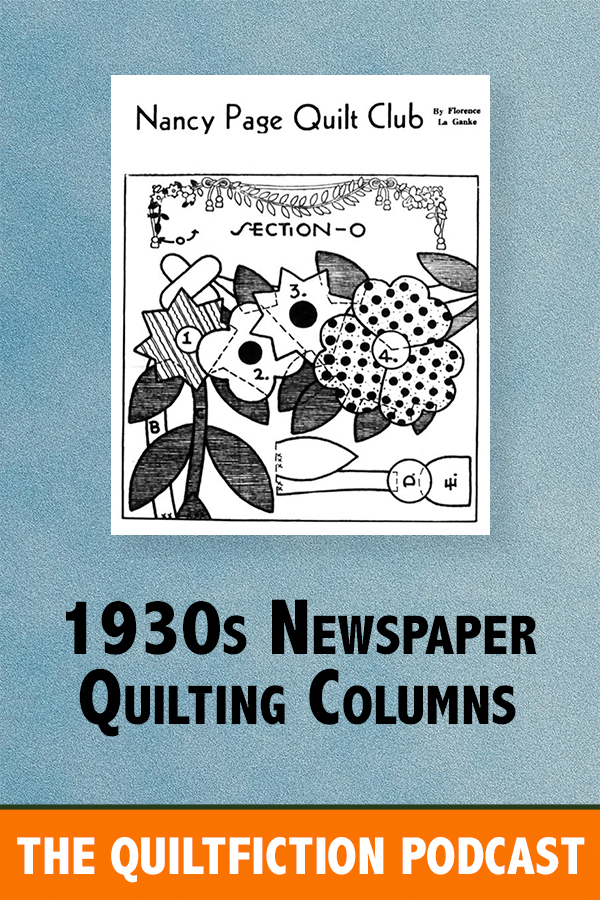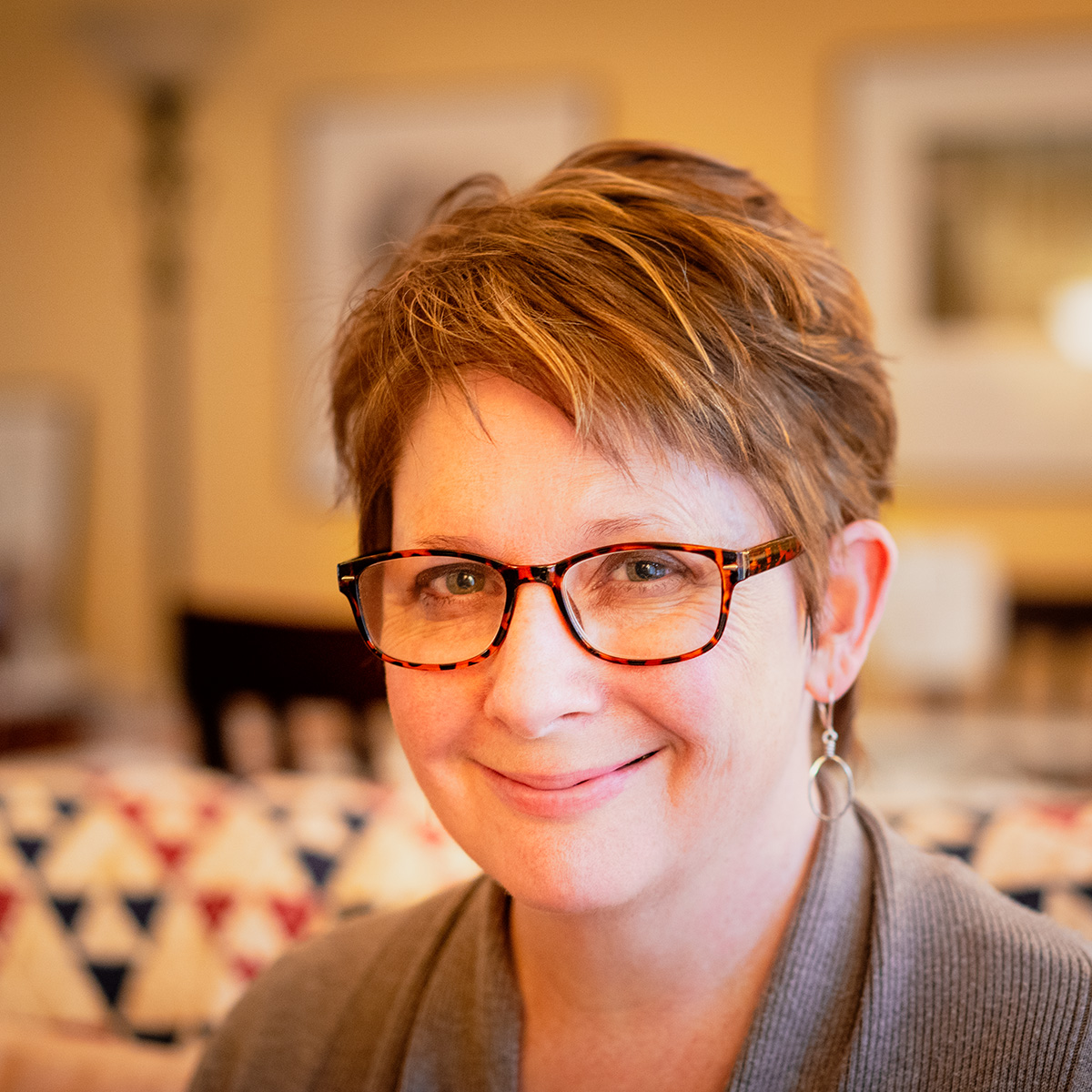In Episode 2 of Friendship Album, 1933, we round out our group of quilters with the introduction of Dorothy Johnson and Emmeline Grangerfield, and the group begins to gather together for the first time Eula’s house.
 Dorothy Johnson is a mother, grandmother, master quiltmaker. She made a brief appearance in Chapter Two, where we learn that she’s Bess Wilcox’s housekeeper, but Chapter Four serves as Dorothy’s real introduction. When we meet Dorothy, she’s being dragged by Bess to the first meeting of Eula Baker’s bee. Dorothy’s not convinced she’ll be warmly received—not only is she Bess’s housekeeper, but she’s African-American. In 1930s Ohio, black and whites lived in separate communities and rarely, if ever, socialized.
Dorothy Johnson is a mother, grandmother, master quiltmaker. She made a brief appearance in Chapter Two, where we learn that she’s Bess Wilcox’s housekeeper, but Chapter Four serves as Dorothy’s real introduction. When we meet Dorothy, she’s being dragged by Bess to the first meeting of Eula Baker’s bee. Dorothy’s not convinced she’ll be warmly received—not only is she Bess’s housekeeper, but she’s African-American. In 1930s Ohio, black and whites lived in separate communities and rarely, if ever, socialized.
 For my children’s novel, Trouble the Water, I did quite a bit of research about Depression-era African-American communities in northern Kentucky, which is essentially Cincinnati, Ohio (sorry, Kentucky, but you know it’s true). This research helped me to create Dorothy’s community in Milton Falls during the same time period. In effort to learn more about African-American quiltmaking during this time, I depended upon Cuesta Benberry’s book, Always There: The African-American Presence in American Quilts, which I highly recommend. Another book that goes deep into the African-American quiltmaking traditions is Roland Freeman’s A Communion of the Spirits: African-American Quilters, Preservers, and Their Stories, which also proved helpful in my research.
For my children’s novel, Trouble the Water, I did quite a bit of research about Depression-era African-American communities in northern Kentucky, which is essentially Cincinnati, Ohio (sorry, Kentucky, but you know it’s true). This research helped me to create Dorothy’s community in Milton Falls during the same time period. In effort to learn more about African-American quiltmaking during this time, I depended upon Cuesta Benberry’s book, Always There: The African-American Presence in American Quilts, which I highly recommend. Another book that goes deep into the African-American quiltmaking traditions is Roland Freeman’s A Communion of the Spirits: African-American Quilters, Preservers, and Their Stories, which also proved helpful in my research.
Emmeline Grangerfield, Florence’s sister-in-law, also makes her grand entrance in Episode 2. While I always take my characters seriously and do my best to make them as real as possible, I have to say that so far Emmeline is this story’s most comical figure (though my goal is to make her sympathetic as well). Wealthy and self-centered, Emmeline is quilting doyenne of Milton Falls, the author of “Quilt Along with Emmeline,” a weekly quilting column in the Milton Falls Gazette. Have you read any quilting columns from the ‘30s? Two of the most popular—Nancy Page and Nancy Cabot—were fictional. Like Emmeline’s column, “Nancy Page’s Quilting Club” introduced a group of imaginary quilters who became quite real in readers’ minds.
 After Emmeline’s introduction, we finally get the group beginning to gather at Eula’s modest home on Hale Avenue, where a very nervous Eula serves her blue-ribbon-winning chocolate pound cake and learns she’s not the only woman to use her quilts to cover up spots on the furniture (you can add my name to that list).
After Emmeline’s introduction, we finally get the group beginning to gather at Eula’s modest home on Hale Avenue, where a very nervous Eula serves her blue-ribbon-winning chocolate pound cake and learns she’s not the only woman to use her quilts to cover up spots on the furniture (you can add my name to that list).
Thanks for all of your kind comments and iTunes ratings and reviews! If you haven’t left a review on iTunes, but are enjoying the podcast, please consider doing so. I really appreciate everyone who has taken the time.



